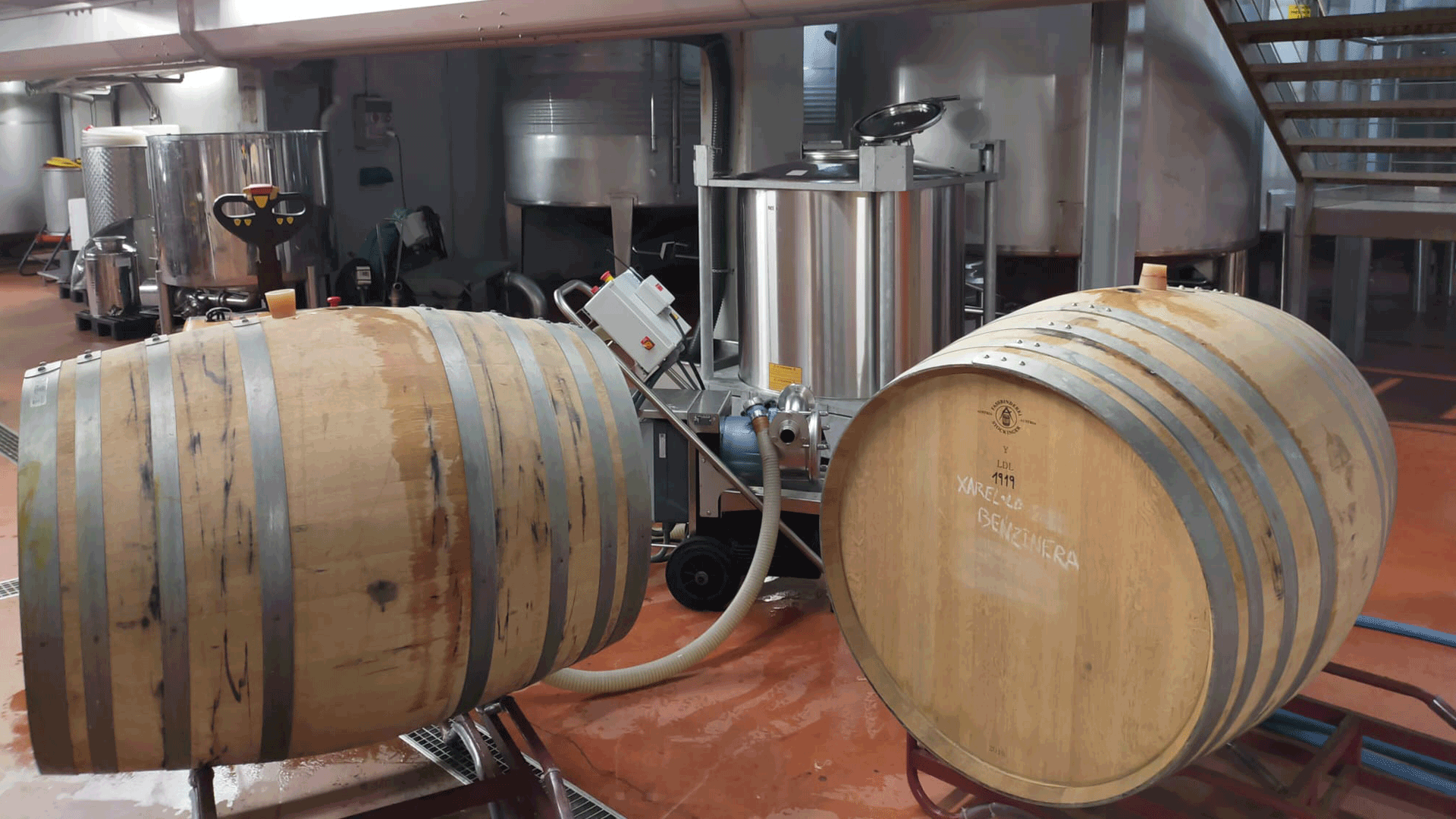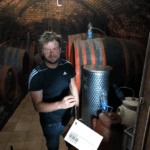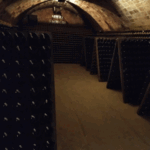Lees play a crucial part in making wine, especially in sparkling wines and high-end whites. Lees are leftovers from making wine, made up of used yeast cells, grape skins that settles after fermentation. Their impact on the wine’s character is significant yet subject to ongoing debate and study.
Understanding Lees and Their Composition
There are two types of lees: primary or gross lees and fine lees. Primary or gross lees are formed during initial fermentation. Fine lees develop after the first fermentation.
Gross lees are rich in grape particulates, tannins, and tartaric acid, whereas fine lees are more nuanced. Over time, dead yeast cells in the lees change through a process called yeast autolysis. This process releases various compounds, including polysaccharides, glucans, mannoproteins, and chitin, which significantly influence the wine’s final characteristics.
The Role of Mannoproteins in Wine
Yeast cells release mannoproteins, which are important for a wine’s smell, texture, stability, and ability to age. These complex proteins, enriched with carbohydrates, particularly mannose sugars, interact with the aging wine to create the distinctive characteristics associated with lees aging.
Effect of Lees Aging on Sensory Perception
In the conventional method of sparkling wine productions (second fermentation), lees aging imparts a unique toasty, brioche-like aroma, essential to the character of wines, like vintage Champagne.
Usually sparkling wines are removed from the lees after 12 months. However, the brioche-aromas begin to develop after 15 months. This aroma comes from yeast autolysis, similar to the yeast used in bakeries or beer making.
Furthermore, lees aging enhances the texture of these wines. Compounds like yeast mannoproteins contribute to foam stability, resulting in silkier, creamier bubbles and an overall smoother mouthfeel.
Mannoproteins and lees can mix with barrel flavors, changing the taste of oaky nuances and astringency in wines. This interaction enhances the wine’s harmony and integration, particularly affecting the mid-palate.
Enhancing Stability and Reducing Oxidation
Beyond sensory attributes, lees aging plays a vital role in the wine’s stability. Wines aged sur lie are less likely to have crystal formation due to potassium bitartrate instability. Lees also offer protection against oxidation, particularly in white wines aged in casks, by absorbing oxygen.
Techniques to Maximize Lees’ Benefits
Winemakers employ various techniques to enhance the effects of lees aging. Bâtonnage, the process of stirring lees, is a traditional method that increases the breakdown of glucans and the concentration of mannoproteins.
Alternatively, adding fresh lees or enzymatic supplements like glucanase can expedite the breakdown of yeast cell walls.
Considerations and Limitations
While the benefits of lees aging are generally positive, careful management is essential. Monitoring the health of lees is crucial, as grapes affected by conditions like botrytis or oidium can introduce undesirable aromas.
Additionally, the ability of lees to absorb oxygen and protect the wine tends to diminish after about 3.5 years. Moreover, in red wines, excessive lees contact can impact color stability because of the interaction of mannoproteins with anthocyanins.
Additional Uses of Lees
Interestingly, the use of lees extends beyond wine aging. In Burgundy, they sometimes make Fine de Bourgogne by distilling fine lees. This captures the taste and complexity that comes from aging.
The intricate interplay between lees and wine is a testament to the art and science of winemaking. Knowing and using the qualities of lees can greatly impact how a wine smells, feels, stays good, and its overall quality, highlighting the importance of lees in winemaking.
Thanks for Reading!
Glad you dropped by! If the insights here struck a chord, why not share them? And if you’re eager to talk more, I’m all ears – just reach out. Looking for someone to spark inspiration in your masterclass or brand event? Let’s talk and set up something amazing.
Click here to discoer the wines from my friend, Gábor Casnaki from Rizling & Friends-
Disclaimer
This text was neither commissioned nor compensated. It reflects exclusively my own opinion.

ConVINOsation Podcast Brings EUROVINO Wine Fair to Life
In collaboration with Messe Karlsruhe, we are proud to launch ConVINOsation, a new podcast dedicated to tackling the wine industry’s most pressing topics. Hosted by
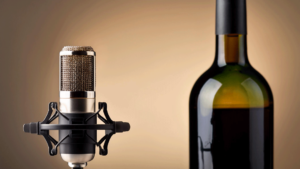
Live on Wein Verkauft!
I recently had the opportunity to join freelance consultant Diego Weber from Germany on his podcast, On German!. Over the course of the two-hour episode,

Live on the Morning Show
In July 2024, I had the exciting opportunity to appear on New York’s WTBQ Frank Truatt’s Morning Show, the #1 drive time morning show, with
Challenging Year for French Wines & Spirits Exports 2023
In the year 2023, the French wine and spirits sector navigated through challenging waters to post exports worth €16.2 billion. Despite representing a 5.9% decline from the previous year, this figure stands as the second-highest in the industry’s export history. The volume of exports also saw a considerable reduction, falling by 10.4%. However, the sector managed to maintain its status as the leading contributor to France’s agri-food surplus and the third largest in the nation’s overall trade balance, with a trade surplus of €14.8 billion, down by 5.8%.

DWI Announces Winner of the Sommelier Cup 2024
The DWI Sommelier-Cup 2024, hosted by the German Wine Institute (DWI), concluded on January 22, 2024, with Katharina Iglesias from wineBank in Hamburg claiming the title. The event, held at the Atrium Hotel in Mainz, witnessed participation from 28 professionals across various sectors of the wine industry. While the competition’s popularity remains undeniable, a critical examination of its structure and outcomes reveals aspects worth contemplating.
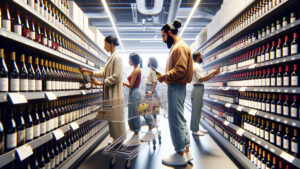
German Wine Consumption Plummets in 2023
The German wine consumption and buying behaviour is changing. (Photo: DallE)
